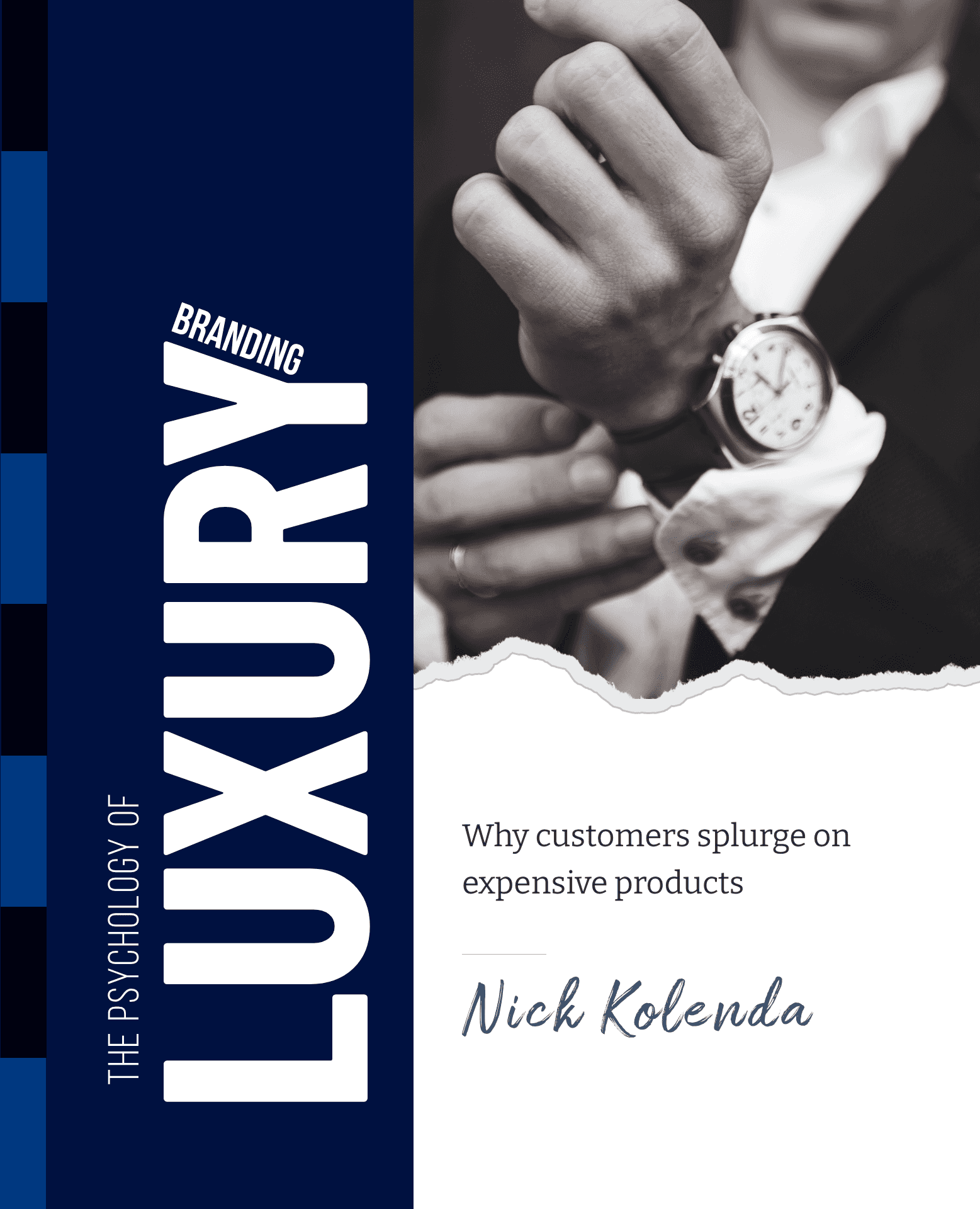
Signal a High Status in Luxury Brands
Luxury products can be ugly, as long as they grab attention.
Luxury brands are appealing because they boost status.
But you need to signal this high status.
Luxury brands should be highly noticeable and attention-grabbing so that customers feel confident that people will notice their ownership of this brand.
In fact, luxury products can be ugly — as long as they grab attention (Cesareo et al., 2022).
Consider this person on Gucci's site:

That handbag is nearly $4,000, and it doesn’t loudly showcase the Gucci logo. But Gucci assures customers that other people will notice this handbag by showing a model wearing an extravagant accessory. You can’t help but stare at this person, blaming your attention on the handbag: Hmm, I'm staring intensely at this person. This handbag must get a lot of attention.
Similar effects happen with grotesque imagery (An et al., 2020).
How to Apply
- Exaggerate a Degradation. Ironically, upper class shoppers often buy low-class products (e.g., ripped jeans, lobster mac and cheese) to distinguish themselves from middle-class people: "Because emulating lows is costly and risky for middles, doing so provides an alternative way for highs to distinguish themselves" (Bellezza & Berger, 2020, p. 5). Consider the following scribbled shirt for $1,350 from Balenciaga, which even boasts a “destroyed and dirty effect.” Who would spend $1k on a scribbled shirt? People who want to communicate they're wealthy enough to spend $1k on a scribbled shirt.

Caveats
- Be Careful With Extreme Degradations. Some brands go too far. Golden Goose received backlash for their duct tape sneakers for poverty appropriation (see Bowerman, 2016).

- Customers Must Desire Status. Participants were less likely to buy luxury products after viewing artistic photos because this task shifted focus away from their self (Wang et al., 2023). Your branding can still be artsy, though: "When art becomes part of a commercial product, the purpose is not solely to appreciate art per se…the elevated mental state of self-transcendence is unlikely to occur" (Wang et al., 2023, p. 793).
- An, D., Lee, C., Kim, J., & Youn, N. (2020). Grotesque imagery enhances the persuasiveness of luxury brand advertising. International Journal of Advertising, 39(6), 783-801.
- Bowerman, M. (2016, August 30). ‘Poverty appropriation’: Outrage over $600 duct-tape designer shoes. CNBC. https://www.cnbc.com/2016/08/30/poverty-appropriation-outrage-over-600-duct-tape-designer-shoes.html
- Cesareo, L., Townsend, C., & Pavlov, E. (2022). Hideous but worth it: Distinctive ugliness as a signal of luxury. Journal of the Academy of Marketing Science, 1-22.

Want more tactics?
Get all my free luxury branding tactics